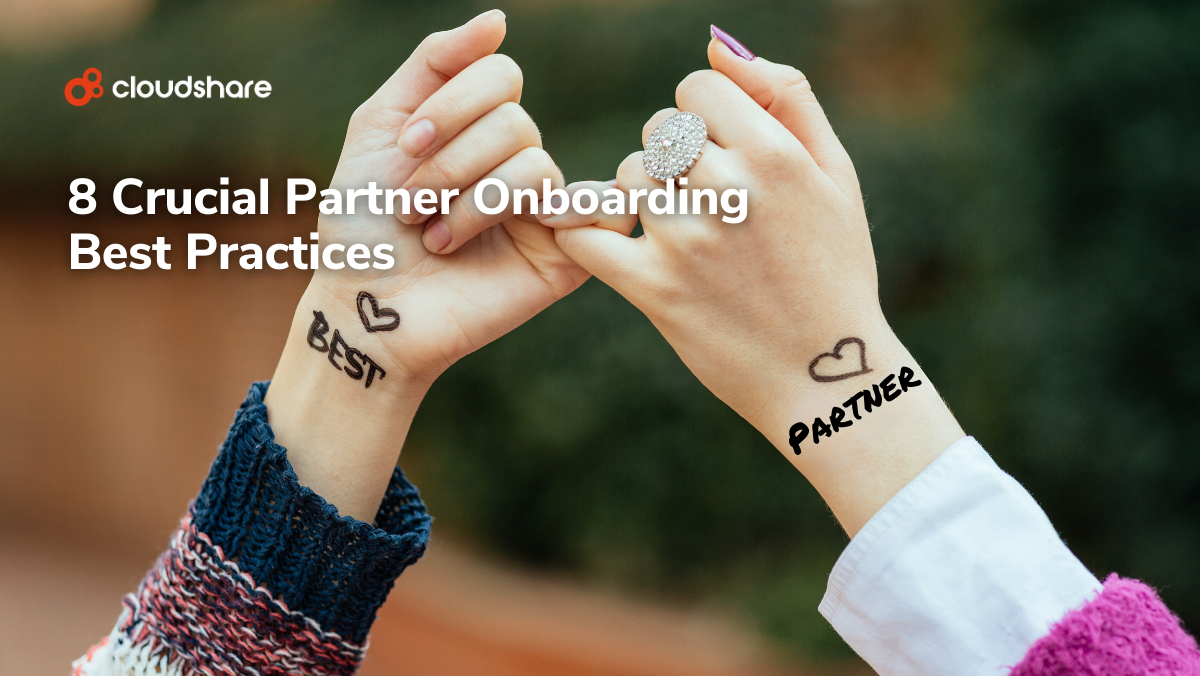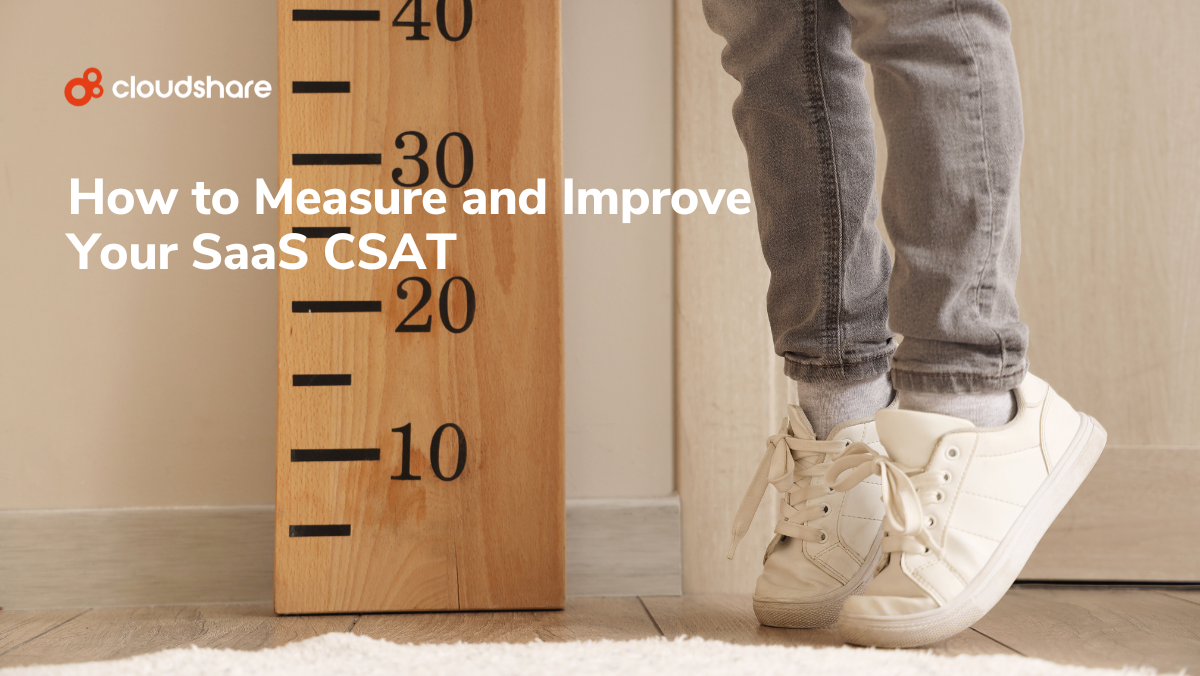
Success isn’t just about what you know — it’s about who you know.
The right partnerships make a world of difference in the B2B space. With the necessary knowledge and tools, channel partners have the potential to shorten sales cycles by nearly 30%.
Just as customer onboarding lays the groundwork for a successful customer engagement, partner onboarding is the foundation of every successful partnership.
But what does effective B2B partner onboarding look like, exactly? This blog examines eight best practices every company should use in their new partner onboarding process.
What is Partner Onboarding?
Partner onboarding is the process where a business introduces new partners to its brand, products, and services before integrating them into its ecosystem. It comprises the following:
- Using the company’s offering
- Brand guidelines and sales playbooks
- Legal requirements and compliance
- Establishing communication channels
- Defining expectations and success metrics
- Deal management and registration
Why is a Robust Partner Onboarding Process Important?
Onboarding is the bedrock of your partnership.
It establishes your working relationship with each partner and helps you determine the best path to success, equipping your partners with the knowledge and tools they need to sell your products and services successfully.
Partner Onboarding Best Practices
Your company is going all-in on a channel partner strategy. So, what can you do to ensure this strategy is successful? Here are a few best practices you’ll want to follow.
Understand Your Partners
You can’t build a successful channel partner strategy without knowing what your ideal partners look like. Start by asking simple questions:
- What kind of organizations do you want to partner with – and why?
- Who is your ideal distributor or reseller?
- Are there any businesses or industries you would prefer to avoid?
With these questions in mind, create a set of ideal partner profiles detailing:
- Industry
- Business size
- Relevant products or services
- Areas of expertise
- Onboarding needs
- Other requirements
These profiles will serve two purposes. First, they’ll help you develop a more effective onboarding plan. They’ll also enable you to tailor the onboarding experience to each partner’s requirements.
Personalize Intelligently
With your ideal partner profiles in hand, assess your current and prospective partners. Group them according to similarities, such as industry or expertise. Conduct a needs assessment, drawing on a combination of partner surveys and analytics data.
Use the results of this assessment to further refine your customer profiles, which you can then use to tailor your onboarding.
Structure Your Process
Next, build an overarching structure for your onboarding process, starting with a roadmap. Consider how long it should take a new partner to get from initial training to the first sale.
Define key milestones in that process, such as certifications or course completions, to measure progress more effectively.
Alongside this timeline, determine which tools, systems, and platforms you’ll need to ensure everything runs smoothly and any responsibilities your team will be required to fulfill.
Consider how your partner program aligns with your core business objective and priorities. Finally, look at the incentives you’ll provide your partners and whether you’ll offer them upskilling or reskilling opportunities.
Create an Onboarding Checklist
You’ve already created an internal onboarding roadmap. Now, it’s time to create an external one. Divide your onboarding process into several stages and define each stage’s key tasks and milestones.
This checklist will serve as a step-by-step guide for new partners as they progress through your partner onboarding program.
Build a Welcome Package for New Partners
Partner onboarding isn’t just about learning to use your products and services. It’s also an opportunity for the partner to learn more about your company. A welcome package helps them make the most of that opportunity by providing them with an overview of both the onboarding process and your business.
Generally, your welcome package should include:
- A personalized letter of introduction
- A fact sheet about your company
- Data sheets about your products and services
- Information about incentives
- The onboarding checklist mentioned above
- Details on partner resources such as marketing assets
- Frequently-asked questions
- Guidance on how and where to begin onboarding
Automate Where Possible
There’s no shortage of paperwork in a partner onboarding program.
The good news is that artificial intelligence can handle much of this work for you. Instead of wasting time and energy on repetitive, low-value tasks, your partner success team can focus on partner enablement.
Regularly Assess and Evaluate Your Onboarding Program
No matter how effective your onboarding program appears, there’s always room for improvement.
Start by identifying your success metrics, such as completion time or completion rate. Measure these metrics over time, combining them with partner surveys for insight into where your onboarding succeeds and where it may fall short.
Embrace Partner Enablement
Onboarding may be the foundation of a successful partnership, but it’s only the first step.
Establish open communication with each partner that completes your onboarding program. Ensure training materials and critical documentation are readily available and easily accessible to all partners.
Your goal is to make the transition from onboarding to participation as seamless as possible for everyone involved.
Next Steps: Learn More About Effective Onboarding
Believe it or not, customer and partner onboarding have a great deal in common.
If you’re interested in exploring more best practices, you might apply to your partner program, check out SaaS Customer Onboarding: 7 Best Practices to Ensure Success. You can also read up on self-service customer onboarding.




